
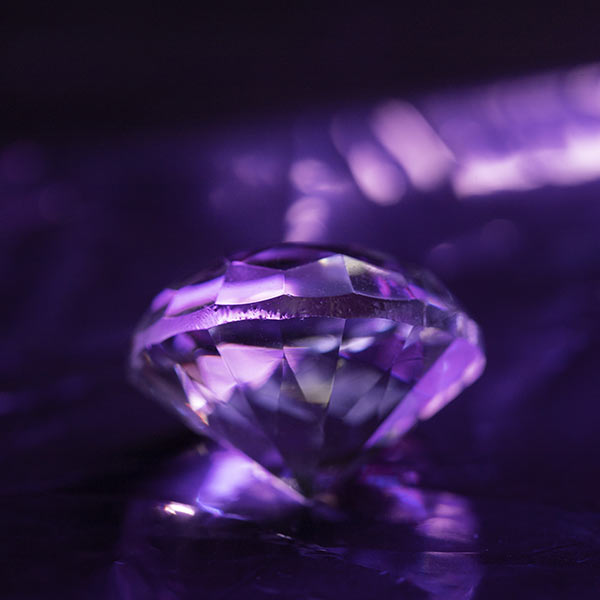
grown diamonds. Lab grown diamonds are manufactured through advanced technological processes in controlled lab environments.
The conditions in which these lab diamonds are grown in, resemble those of mined diamonds that take millions of years to form within the earth. Within the earth's crust, mined diamonds undergo through high pressure and high temperatures.
With carbon, high pressure, and extreme temperature in laboratories, cultivated diamonds are grown with identical conditions of a mined diamond. This results in a diamond identical in chemical- structure and optical properties to a mined diamond.
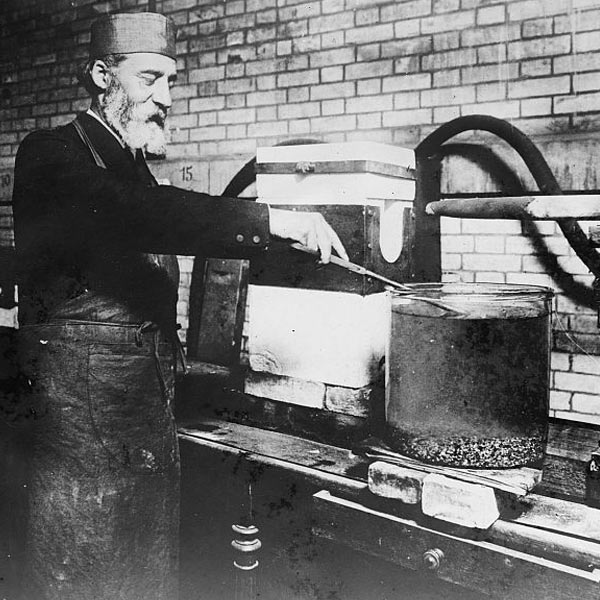
Even though several claims were made about lab diamond manufacturing during the period of 1879 to 1928, none of them are confirmed.
Despite that, Lab-grown diamonds have definitely been around as early as the 1940s. Resources say, General Electric (GE) created the first batch of lab created diamonds in 1954. Forward to the 1970s, that is when gem-quality lab stones have been available.
Despite that, Lab-grown diamonds have definitely been around as early as the 1940s. Resources say, General Electric (GE) created the first batch of lab created diamonds in 1954. Forward to the 1970s, that is when gem-quality lab stones have been available.
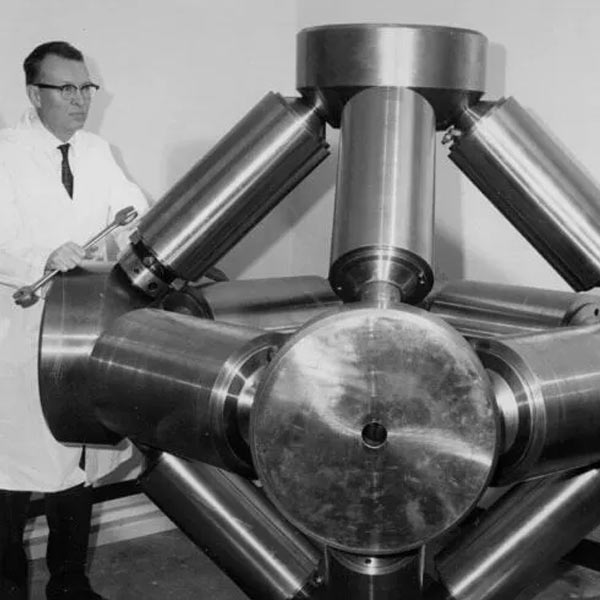
In 1954, General Electric (GE) made the first set of lab diamonds. Years prior, in 1941, GE gathered a research and development team to make the best Lab-grown diamonds. However, their research paused due to the Second World War. Other than General Electric, other groups like the Swedish electrical utility (ASEA) created lab diamonds, but they kept their discovery a secret until the 1980s.
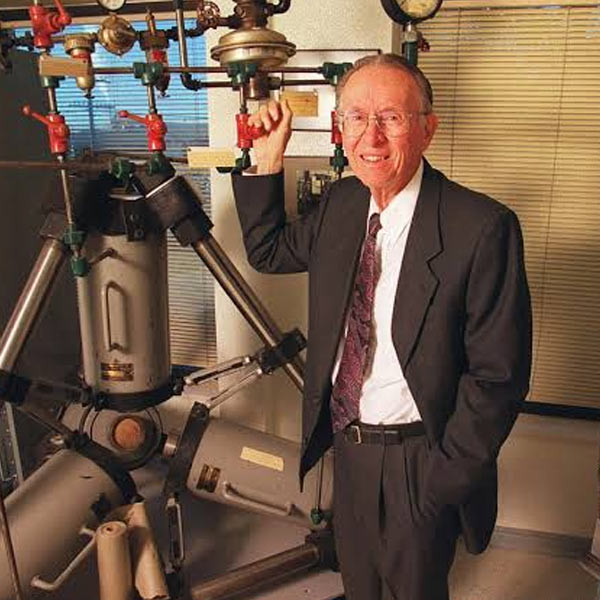
In the early 1950s, H. Tracy Hall, a General Electric chemist, invented the first reproducible process to make lab diamonds.
In the history of lab grown diamonds, this had been an aim for physicists, alchemists, chemists, and other interested parties for centuries. The first lab diamonds were so small; they were almost invisible and had very poor quality. They were great for industrial usage, but this has also evolved over the years to become what they are today. Improved techniques have facilitated the production of Lab-grown diamonds up to 12 carats for use in lab created diamond engagement rings. Just as size has increased, quality for lab diamonds has also improved. Lab diamonds are now available in a variety of quality ranges with color, clarity, cuts that are very much the same as mined diamonds.
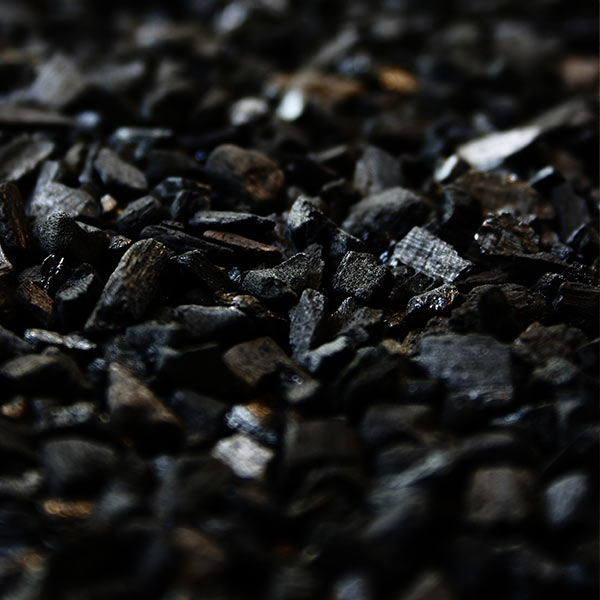
Another early pioneer of the lab diamond creation process, Henry Moissan, claimed he had successfully made a single diamond. Moissan did this by adding heat to charcoal, resulting in a temperature up to 3,500 °C on the inside of a carbon crucible.
Many have attempted to replicate his success but not all were verified. For many decades, diamond manufacturers attempted to grow diamonds like other gemstones; they failed miserably until they came up with the idea of lab grown diamonds. Over time, processes and lab procedures were refined to ensure that lab diamonds became increasingly more high quality for setting in engagement rings and other jewellery. Notably, when H. Tracey Hall later on invented the belt press. In 1954, the Hall belt press produced high temperature and pressure to dissolve metals such as nickel, cobalt, and iron to convert into diamonds.
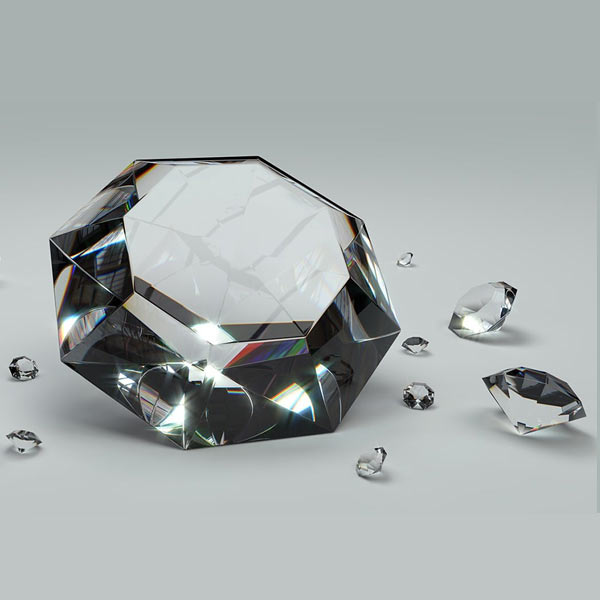
Over the decades, many people claimed to have synthesized diamonds with success, but until recently, there was no documented, reproducible process available for replication. The initial success at synthesizing diamonds was done by imitating nature with the high pressure and high temperature method (HPHT). Since then, other methods, such as the belt press, chemical vapor deposition (CVD), modern cubic and split-sphere presses were also introduced. The aforementioned methods are larger and more efficient.
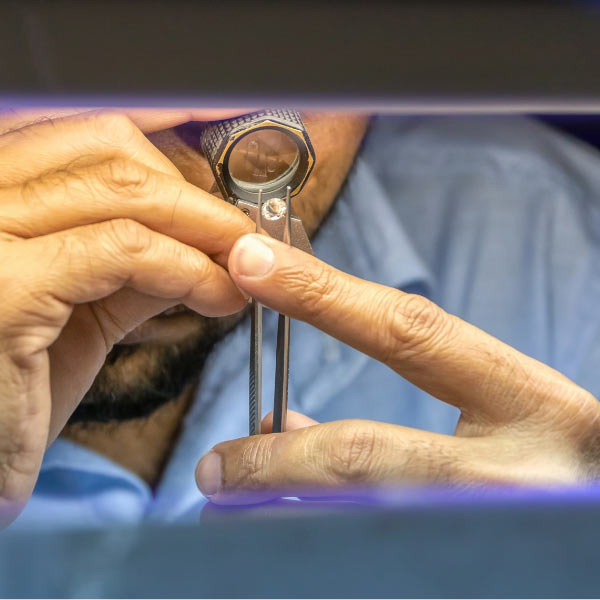
There is ongoing research worldwide into the chemical vapor deposition (CVD) process. With technology improving each day, one can only assume that the size of the diamonds made with the HPHT method will be matched by its CVD counterpart. Even though we are aware of two major methods of creating cultivated diamonds, lab technicians and scientists are constantly improving the scale and efficiency of both of these methods. The scientific research has been producing better qualities, and more accessible lab grown rough diamonds that can be cut into a variety of shapes and sizes.
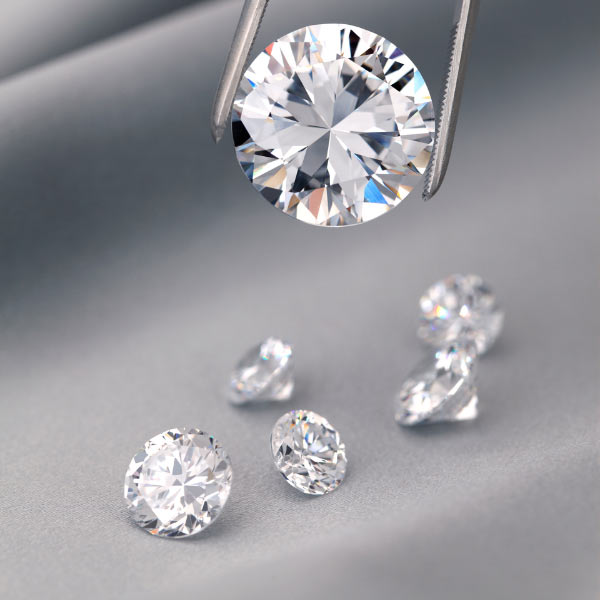
Because of the alternative offered by scientists in lab grown diamonds, diamond seekers no longer have the need for sourcing diamonds. When lab diamonds were first created, the supply and demand were low because of its main application for industrial use. After the 1980s, gem-quality lab diamonds became more available for commercial use. The demand for Lab-grown diamonds increased and had more people wondering if these diamonds were actually real. Of course, the answer is, lab grown diamonds are chemically, optically, and physically identical to earth-mined diamonds.
Forward to the present day, lab grown diamonds account for about 2-3% of the market for diamond engagement rings. While earth mined diamonds are still the traditional choice for diamond engagement rings, lab grown diamonds provide a cost-effective alternative to the mined counterpart.